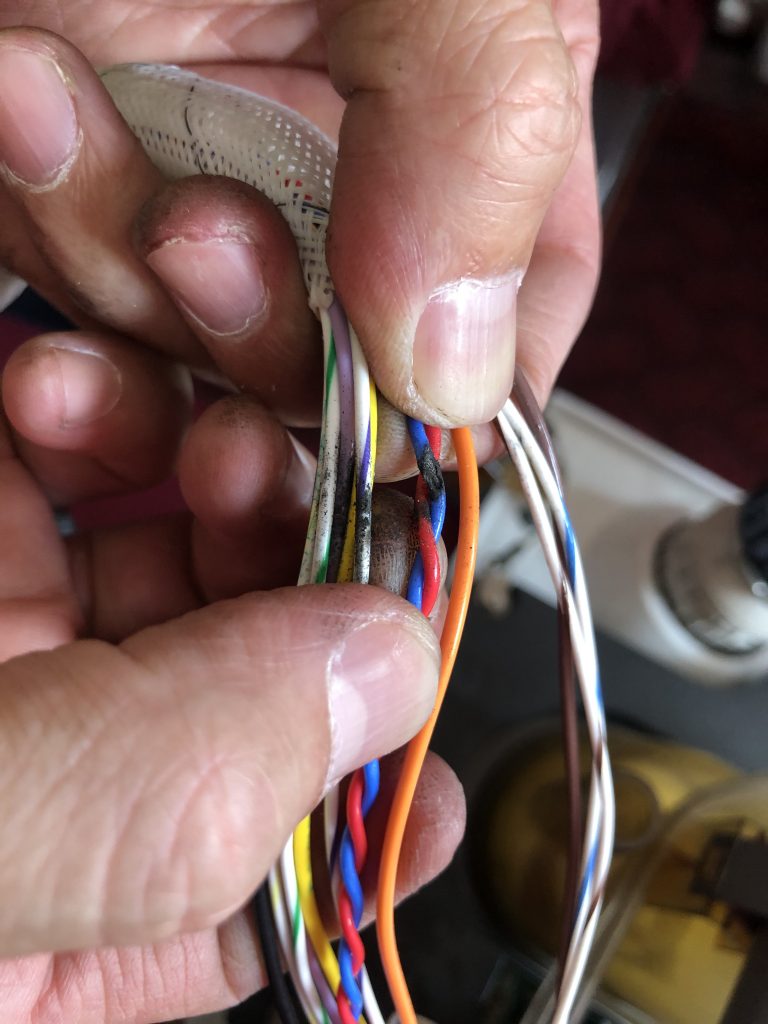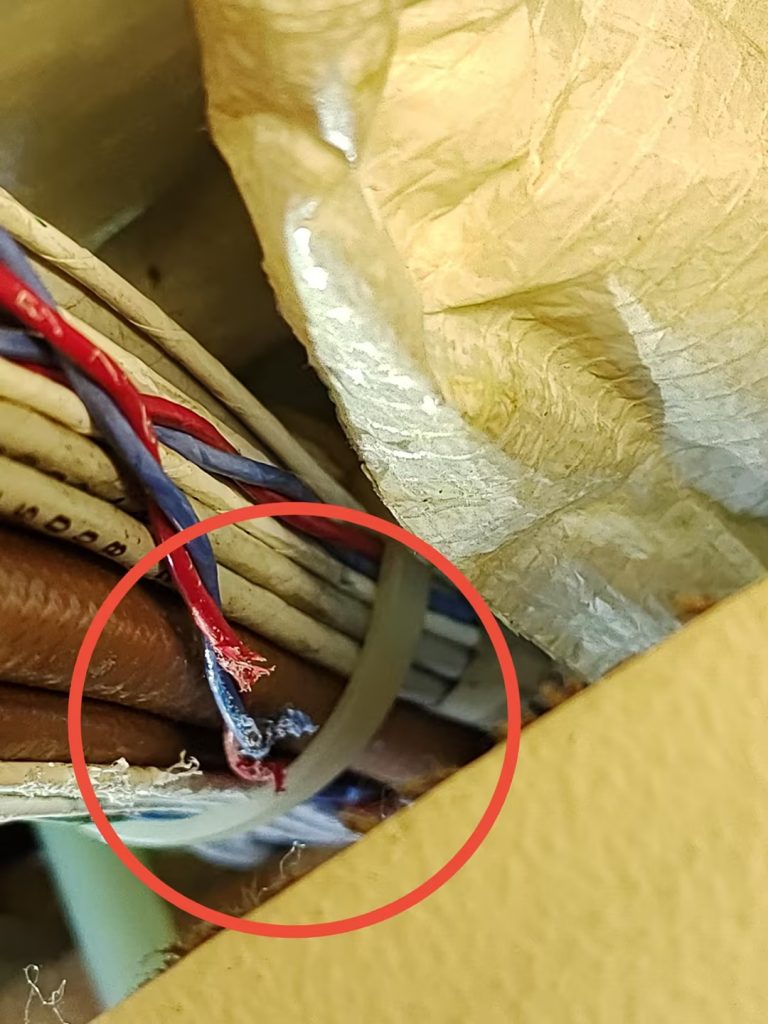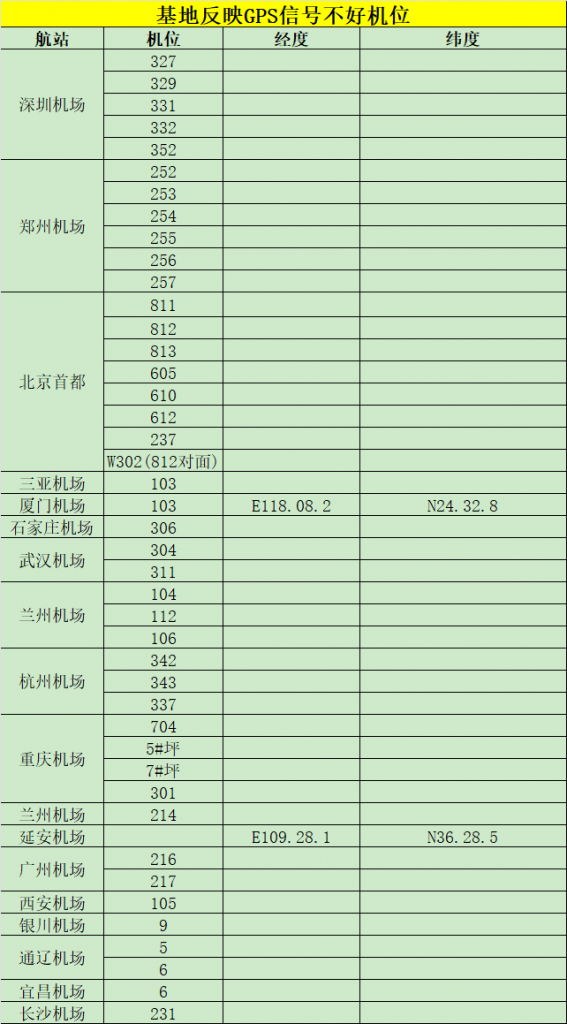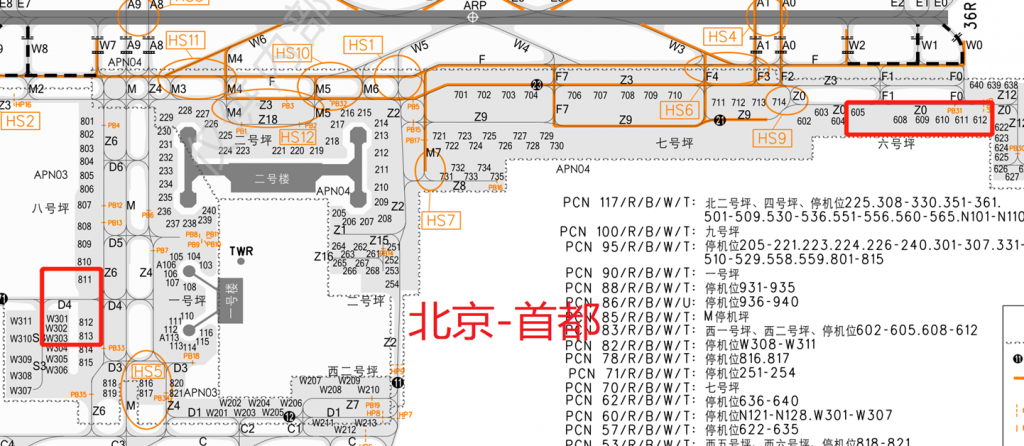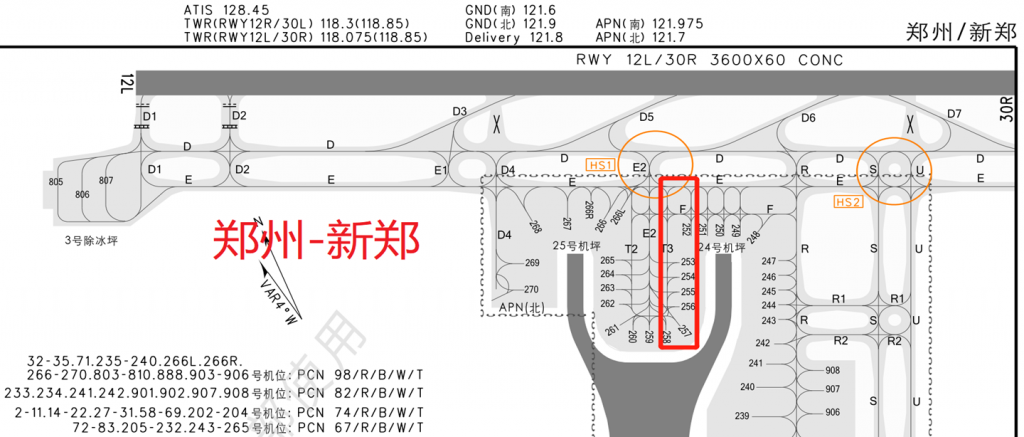SR 4-5603166506
相关分析也可参见技术说明区文档。
R1. Flashing of the refuel gage (indicator) is set to occur between the Volumetric Top Off (VTO) point (where the float switch begins to close), and the point in which fuel starts to transfer into the surge tank. The goal is to warn the refueler that the automatic refuel shutoff system (float switch, refuel valve and the associated wires) may have failed to stop the refueling, in an effort to prevent fuel spills out of the surge tanks. VTO is set at a point where there is at least 2% expansion space remaining in the fuel tank per Federal Aviation Regulation (FAR) 25.969. This provides a 2% tank volume of window to detect a failure of the automatic refuel shutoff system. The surge tank is not included in the 2% expansion space. If fuel starts to transfer fuel into the surge tank, the FQIS measured volume is at its maximum. Therefore, there will not be a further increase in airplane indicated fuel volume as there are no fuel quantity probes in the surge tank, and the fuel level in the tanks is no longer increasing. The fuel float switch will stop the refueling at VTO, which will fluctuate depending on the fuel density and temperature at the airplane. Fuel quantity in mass is the tank volume times the fuel density.
In addition, Boeing conducted ground testing at nominal ground attitude. Based on the results of these tests, VTO was determined to be as follows:
737NG Usable Fuel Capacity:
– Main Tank 1 (1292) gallons,
– Main Tank 2 (1284) gallons,
– Main Tank average (1288) gallons,
– Center Tank (4299) gallons.
Note – The expansion space for the main tanks is approximately 26 gallons Note – The expansion space for the center tank is approximately 85 gallons
737NG Overfill Indication (Refuel gage flashing):
– Main Tank 1 & 2 (1296) gallons,
– Center Tank (4301) gallons.
R2. Each fuel quantity indicator must be calibrated to read “zero” during level flight when the quantity of fuel remaining in the tank is equal to the unusable fuel supply determined under § 25.959.
In according with the 14 CFR § 25.959:
“The unusable fuel quantity for each fuel tank and its fuel system components must be established at not less than the quantity at which the first evidence of engine malfunction occurs under the most adverse fuel feed condition for all intended operations and flight maneuvers involving fuel feeding from that tank. Fuel system component failures need not be considered.”
All Boeing aircraft are designed to indicate the Usable Fuel available for aircraft propulsion. All the fuel in the Center and Main tanks indicated by FQIS is Usable Fuel. Please refer to the appropriate Weight and Balance Manual (WBM) for the Usable and Unusable fuel terms definitions and quantity tables.
R3. The “usable” fuel quantity will be approximately the same as the FQIS calculated fuel quantity at VTO (where the fuel float switch actuated) provided the FQIS is working properly.
R4. The “usable” fuel tank capacities should be used to calculate the fuel tank quantities. The remaining fuel in the tanks after the pumps have shut off is “unusable fuel” and should not be counted with for the next flight plan.
波音SR里也承认了他们使用的密度是常温下全球范围内燃油的典型密度。除非航司主动要求,否则,他们就用6.7LB/Gal做为密度。如果选装密度计的构型,精确度会更高。




